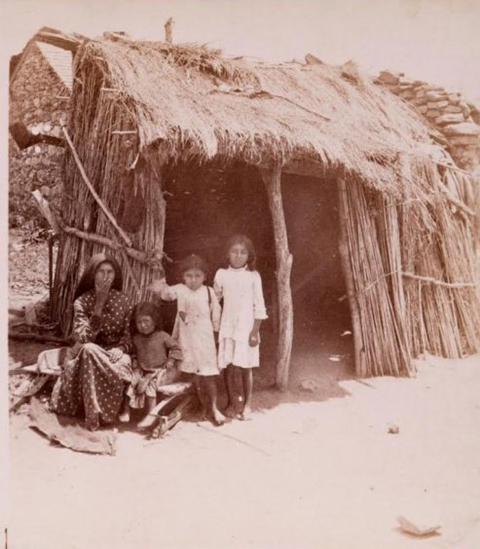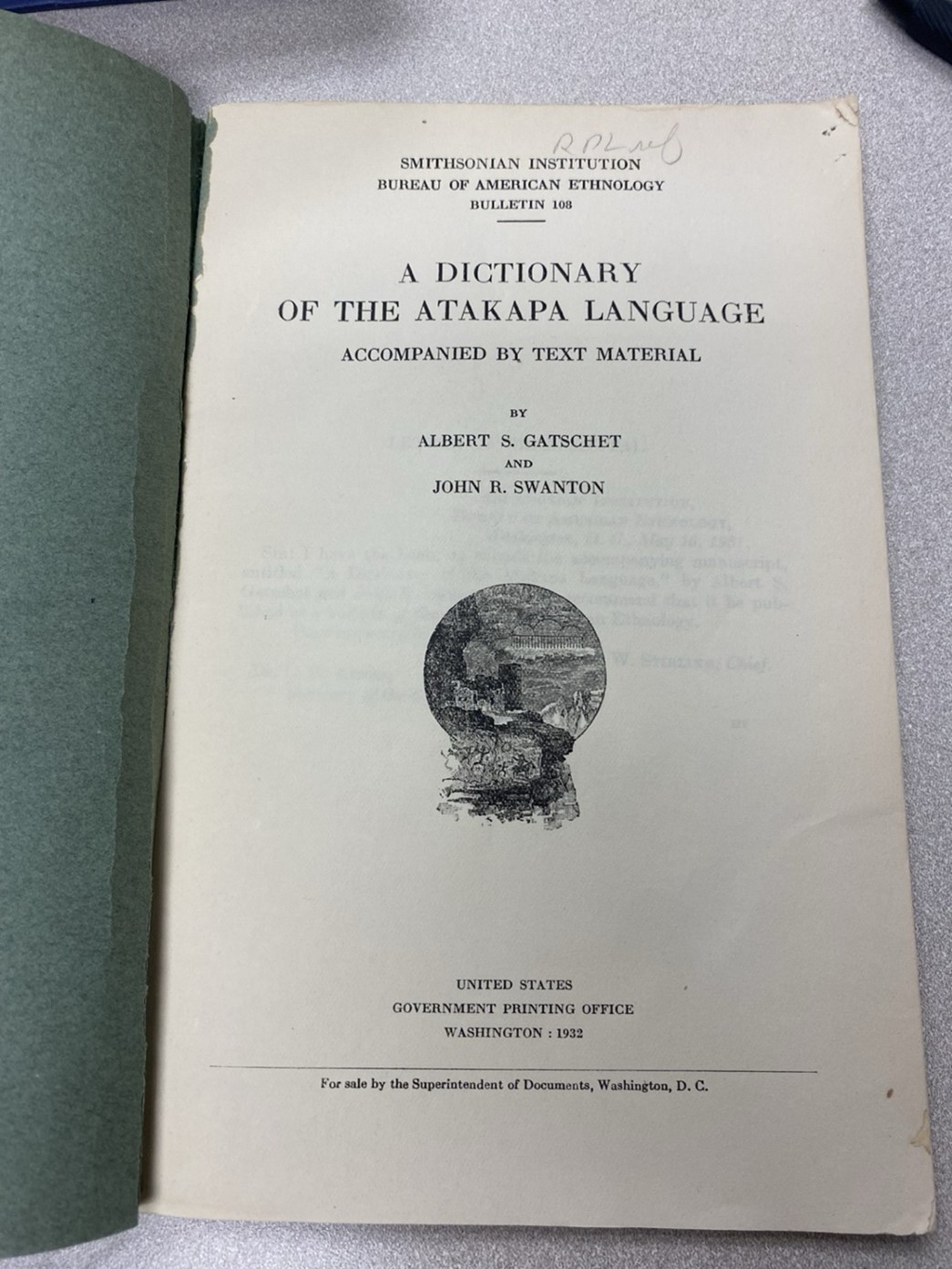At Texas A&M University, Native American history matters. Through research, teaching, and working with local communities, the Department of History in the College of Arts and Sciences makes sure that Native American experiences are preserved, remembered and shared.
In honor of Native American Heritage Month, we reached out to some of the brilliant scholars in our department who are pursuing projects in Native American History. We asked them to share updates from their current research. What archival materials were they working with? What important findings were they preparing for publication? Could they share a quick “snapshot” of their work with us?
They generously agreed and shared some fascinating windows into their works in progress.
Dr. Adrian Chavana sent us the following image of a Tejano family from the archives.
The family is in front of their jacal (traditional Coahuiltecan-style house) in San Antonio, Texas, likely Mission San Francisco de la Espada, circa 1880. Despite narratives of San Antonio Mission Indian extinction in the mid-nineteenth century, Dr. Chavana’s research reveals that Mission Indians, and their descendants, lived on mission grounds as late as the 1940s. Today, many descendants still live in the neighborhoods that formed around the missions, particularly the lower four missions.
Dr. Angela P. Hudson shared the following photograph of the Apache prisoner of war “village” at Mount Vernon Barracks, Alabama, taken by Silas Orlando Trippe, ca. 1892.

From 1887-1894, nearly 400 Apache (Nde) men, women, and children were held as prisoners of war by the U.S. Army in the delta just north of Mobile, Alabama. Although they were incarcerated, the Apache prisoners forged a life for themselves as best they could, raising children, tending to the sick, and selling small wares to curious tourists who came from around the region to “see the Indians.” Dr. Hudson’s current research explores the experience and influence of Indigenous people from the West who lived as prisoners, performers, and later policymakers in the Jim Crow-era South.
Dr. W. Dale Weeks shared with us a photograph of a dictionary of the Atakapa language, given to him by the current chief of the tribe.

The Atakapa-Ishak tribe of Southeast Texas and Southwest Louisiana was believed to have disappeared shortly after the Spanish conquest. However, the tribe has endured into the twenty-first century. Dr. Weeks’s current work is to help the Atakapa - Ishak tribe secure federal recognition so that the tribe has access to the vast funding resources available to indigenous groups so that tribal leadership can better provide for the needs of its own people. The book was a gift to him from the current chief.
In addition to research projects, a variety of courses are taught by the Department of History at Texas A&M to further broaden the study of Native American History at the University and beyond. This semester, the courses offered are:
HIST 226 History of Texas
HIST 258 American Indian History
HIST 308 History of American Indians in the US South
